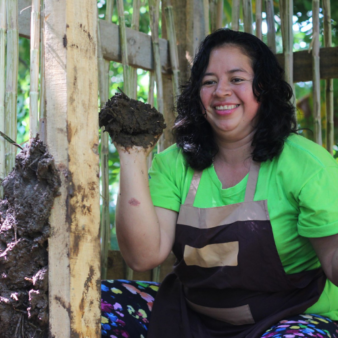When Guatemala’s 36-year civil war ended in 1996, the country was left fragmented and its people subject to extreme inequalities. Today, just over 1% of the population owns over half (60%) of the land and almost three in every five of Guatemala’s 17.5 million people live in poverty, surviving on less than $4 USD per day.
Many families live in dangerously unhealthy conditions, using open-flame stoves, unsanitary cesspit latrines or open defecation, and consuming contaminated water. Respiratory and gastrointestinal illnesses are common, particularly in rural areas, where poverty is even more prevalent.
The Healthy Homes for Humanity project aims to provide families living in poverty with access to three basic services in their homes: a smokeless stove, a water filter, and a sanitary latrine. Together, these interventions make up the programme’s Healthy Home Kit. The project is run by Habitat for Humanity Guatemala (Habitat Guatemala), a non-profit organisation that helps low-income families improve their living conditions. Habitat Guatemala was founded in 1979 and is the largest affiliate of global non-profit organisation, Habitat for Humanity.
The Healthy Homes for Humanity programme is being implemented across all of Guatemala’s 22 administrative departments. Habitat Guatemala has successfully scaled-up the programme each year since it began in 2010 with the smokeless stove – the water filter was added in 2011 and the sanitary latrine in 2013. Over the past few years, the number of Healthy Homes solutions implemented has increased by an average of 16% each year and an estimated 300,000 people have already benefitted from the project.
Healthy Homes in action
Habitat Guatemala works with a network of volunteers, who speak local Mayan languages. They help the organisation connect with families in the greatest need and ensure the Healthy Homes for Humanity programme reaches those even in the most remote areas of the country.
The smokeless stove, water filter and sanitary latrine that comprise the Healthy Home Kit are simple products that have an immense impact on people’s quality of life and health. Cooking over open-flame stoves means families inhale lots of smoke, putting them at increased risk of developing chronic respiratory illnesses and suffering burns. This particularly affects women and children, who spend more time in the home. The smokeless stove is made of adobe bricks and incorporates a chimney to carry smoke outside of the home.
Installing a filter to purify water also has huge health benefits. More than four million people living in rural Guatemala do not have access to clean drinking water. As a result, five of the 20 most common causes of death are related to water contamination. One of the major causes of this contamination is the poor sanitation system. Just under half of Guatemalans have access to proper sanitation services and must rely on poor quality, make-shift latrines, or nothing at all. Wastewater is often dumped in local water sources. The installation of sanitary latrines helps to reduce contamination and improve the health and safety of communities.
Families are involved throughout the whole Healthy Homes process and learn how to assemble, use and maintain each product. For example, each family learns how to source local materials to make the adobe bricks for the smokeless stove. They then build the walls of the stove, working with a local mason to install the stovetop and chimney. For the sanitary latrine, the family digs a 2.6 metre pit on which the mason lays a concrete base. The family builds the latrine’s structure from wood, or other locally available materials, and again works with the mason to install the toilet and ventilation tube.
While the three products that make up the Healthy Home Kit are standardised, adaptations have been made to take into account physical and cultural differences among indigenous communities. For example, in the western highlands, individuals are shorter on average, so the height of the smokeless stove is lowered to a more comfortable position for cooking. In the eastern rainforest area, families prefer their stoves to be built on top of a wooden structure.
The project has also incorporated two additional products into the Healthy Home Kit in order to target localised problems. These are concrete floors, which are installed to promote clean surfaces inside the home, and greywater sumps, which filter water from sinks and showers in areas where there is no drainage provision. This prevents land contamination from detergents and soaps and helps to reduce contagious diseases by eliminating disease-carrying insects attracted by stagnant water.
Families are asked to contribute 5% of the cost of their Healthy Homes solutions (around $20 USD for the whole kit). Approximately 90% of families pay this cost in one instalment, while 10% pay through an interest-free microloan. The remaining costs are covered by the Healthy Homes for Humanity programme’s $675,000 USD annual budget.
Social and environmental impact
Since 2010, more than 50,000 solutions have been implemented through the Healthy Homes for Humanity programme, directly benefitting approximately 300,000 people. The project is helping to tackle major health issues in Guatemala, where 95% of water is contaminated and 40% of infant mortality is caused by waterborne diseases. Almost all (90%) of rural families use wood as their main source of fuel and more than half (52%) of the population suffers from respiratory illnesses.
An impact study of 20 families in communities surrounding San Lucas Tolimán, found that families experienced an 83% reduction in cases of respiratory illness within the first six months of having a smokeless stove, and an 81% reduction in cases of diarrhoea within the first year of receiving the water filter and sanitary latrine.
The Healthy Homes for Humanity programme provides economic support for local transport and materials suppliers and offers employment for local masons. The project also promotes local empowerment and helps to drive community development through its educational and technical training programmes. For example, after learning how to make adobe bricks for the smokeless stove, many families go on to incorporate adobe blocks in other elements of their homes, such as ovens and interior walls.
In addition to these clear health and social benefits, the programme has a significant environmental impact. The efficiency of smokeless stoves reduces each family’s firewood consumption by almost half (43.6%), helping to tackle deforestation across Guatemala, as well as decreasing household carbon monoxide emissions by 98%. Making adobe bricks requires less water, energy, and transportation (due to local availability of materials) than the manufacture of concrete. Sanitary latrines protect water sources from contamination by eliminating open defecation and the use of cesspits.
The future
Habitat Guatemala plans to carry out a full external evaluation of the Healthy Homes for Humanity programme in 2023 to further assess its impact. The programme is already active across the whole of Guatemala and continues to grow. The project aims to provide a further 8,000 solutions for families in 2019, including 5,250 smokeless stoves, 800 latrines, 800 full Healthy Home Kits (stove, water filter and latrine), 375 greywater sumps, and 775 concrete floors.
Sadly, the need for Healthy Homes solutions is growing too. Between 2011 and 2014, extreme poverty in Guatemala increased by 10%, meaning 1.8 million more Guatemalans fell below the extreme poverty line. This trend has continued, leaving yet more families unable to afford the most basic necessities. The Healthy Homes for Humanity programme is supporting marginalised and vulnerable people through improved health, dignity and self-empowerment.
View the full project summary here
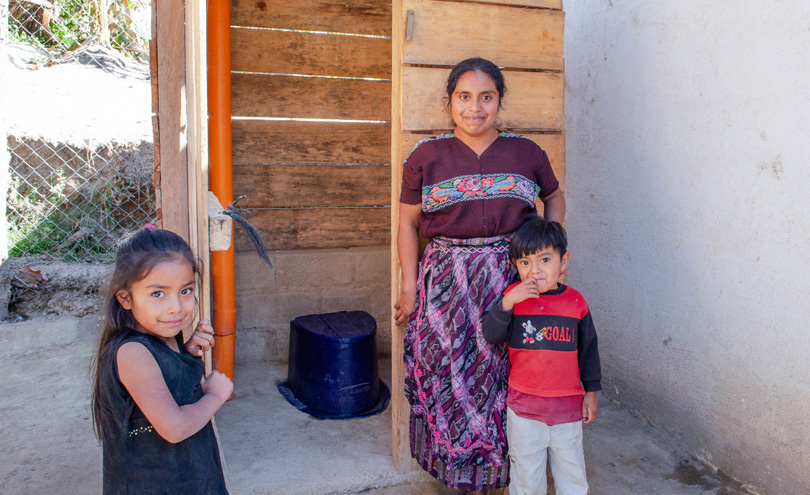
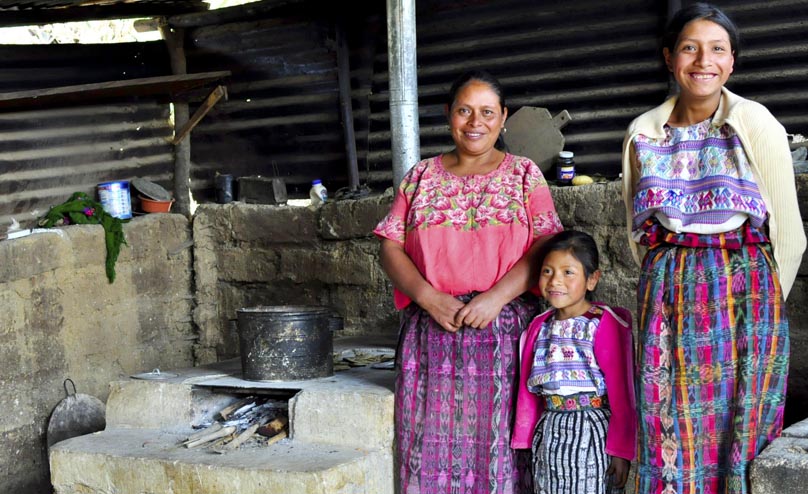
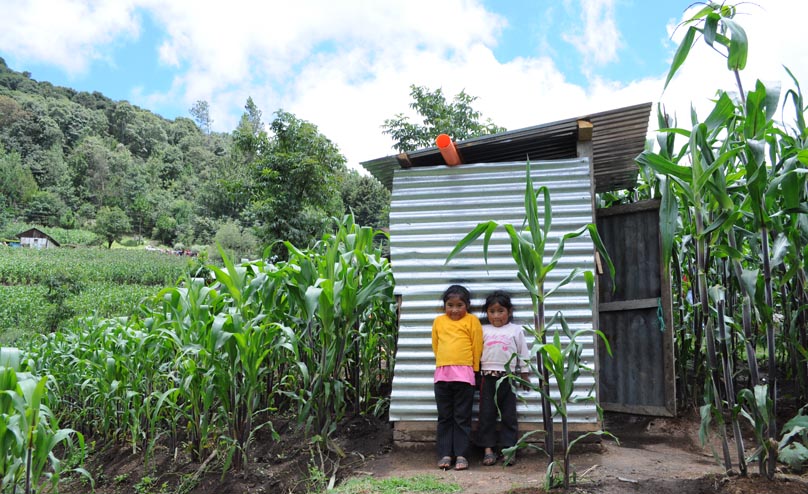
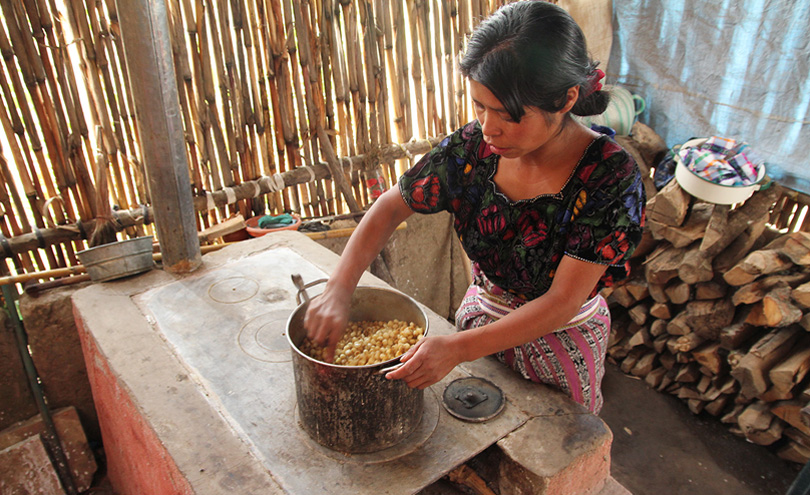

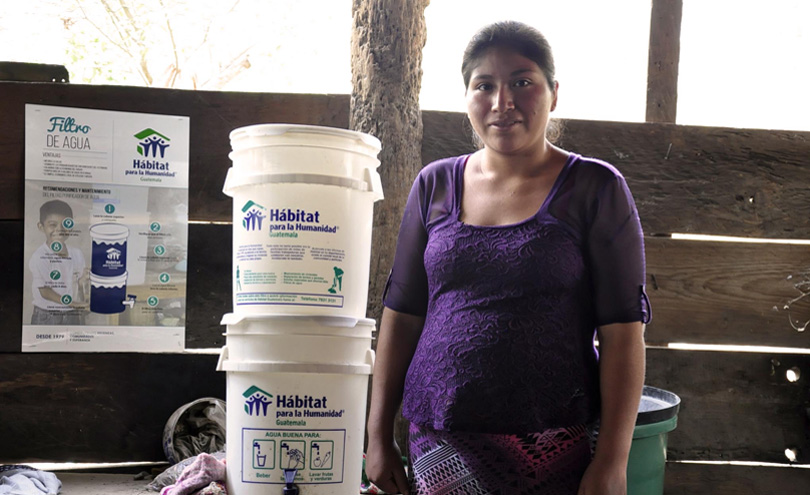
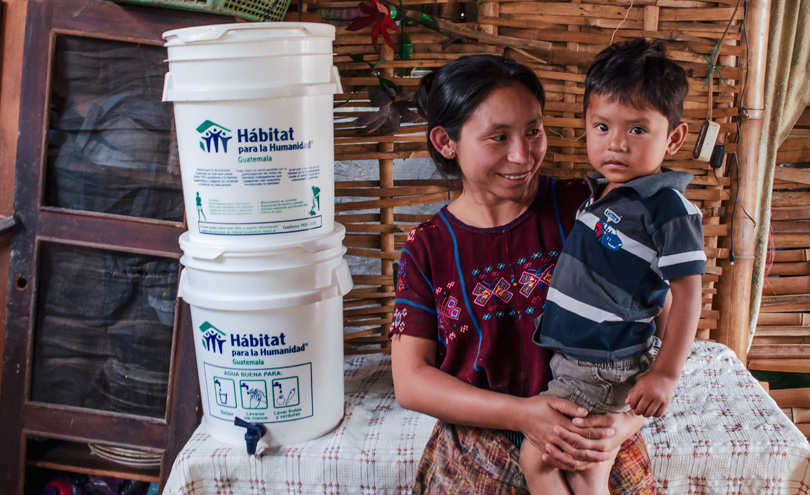
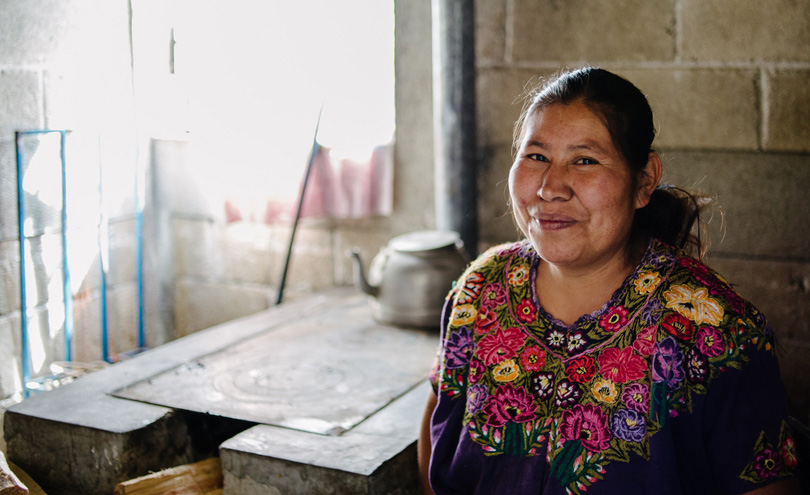
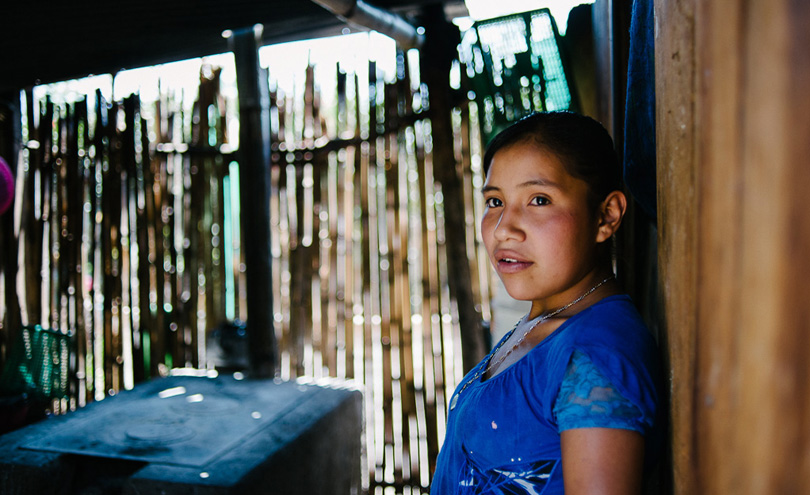
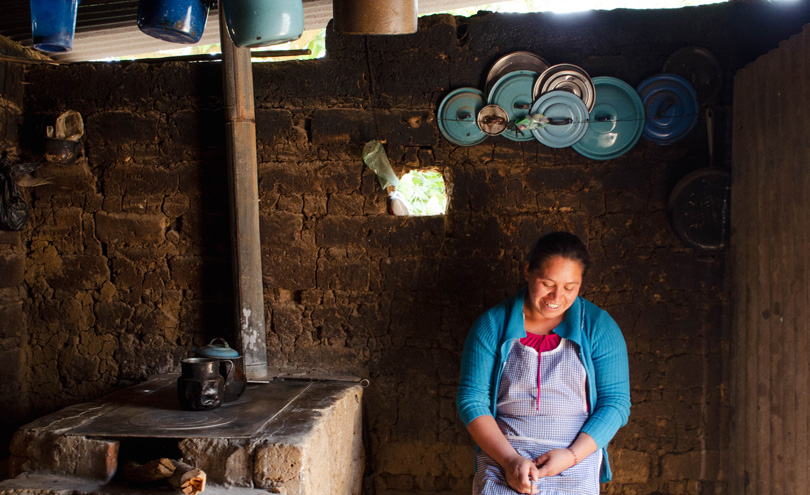

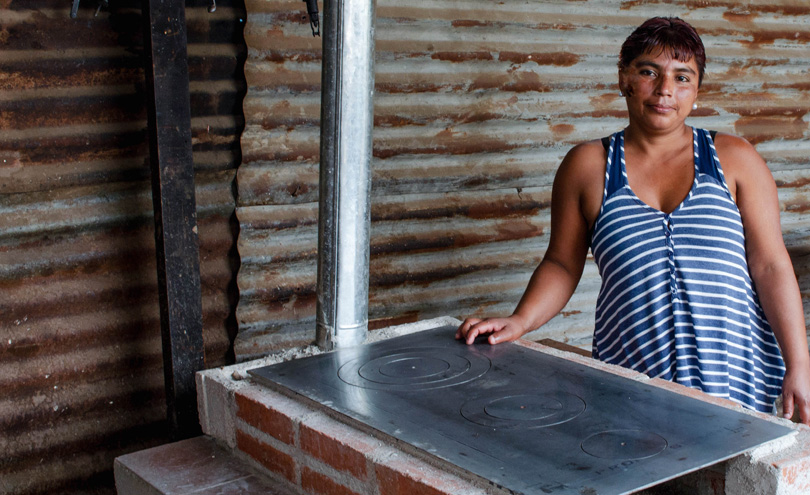

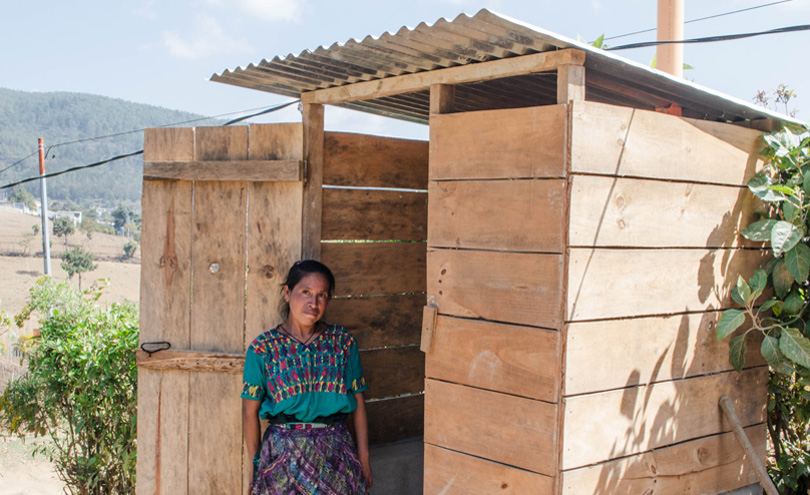

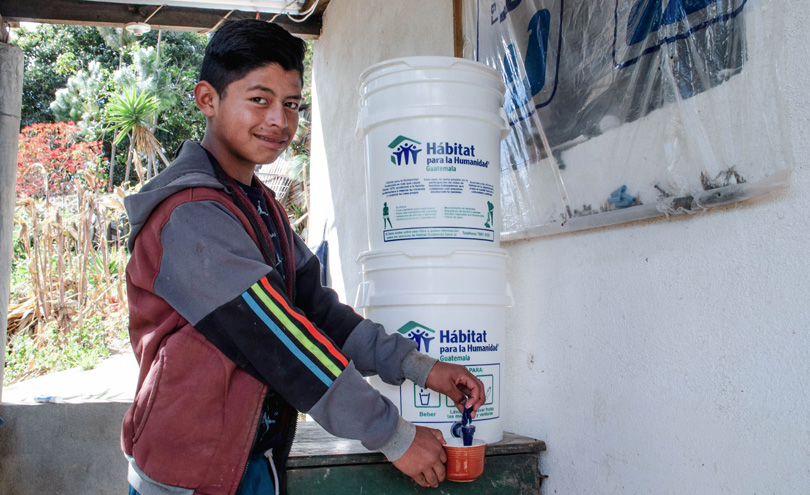
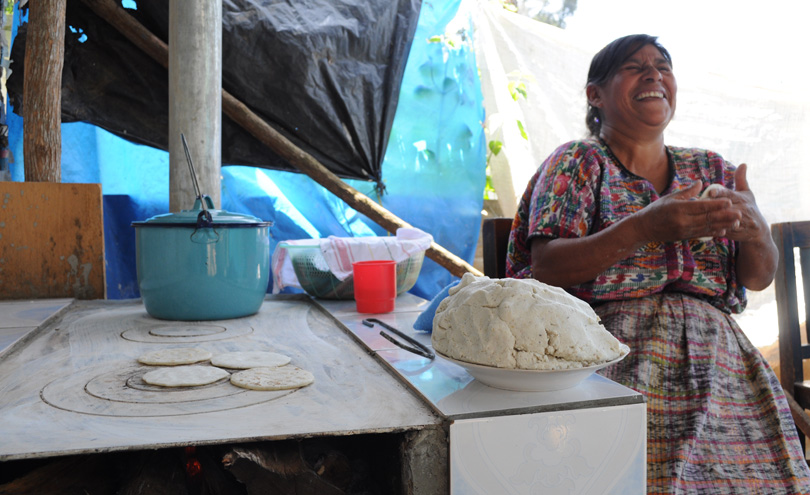
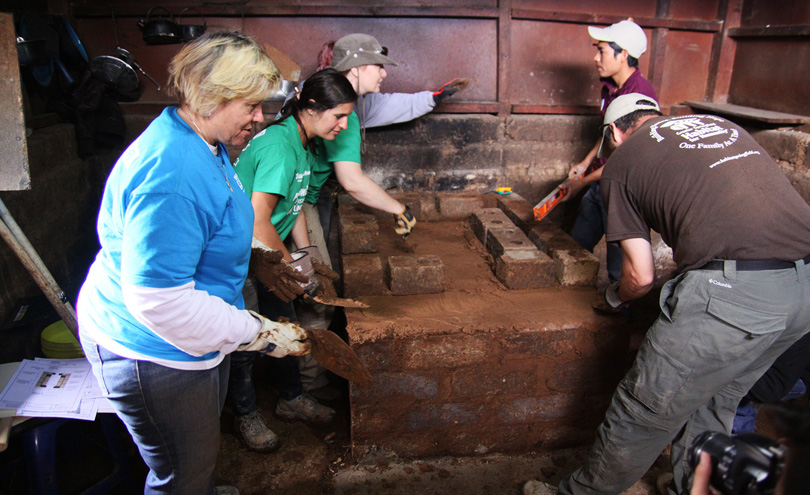

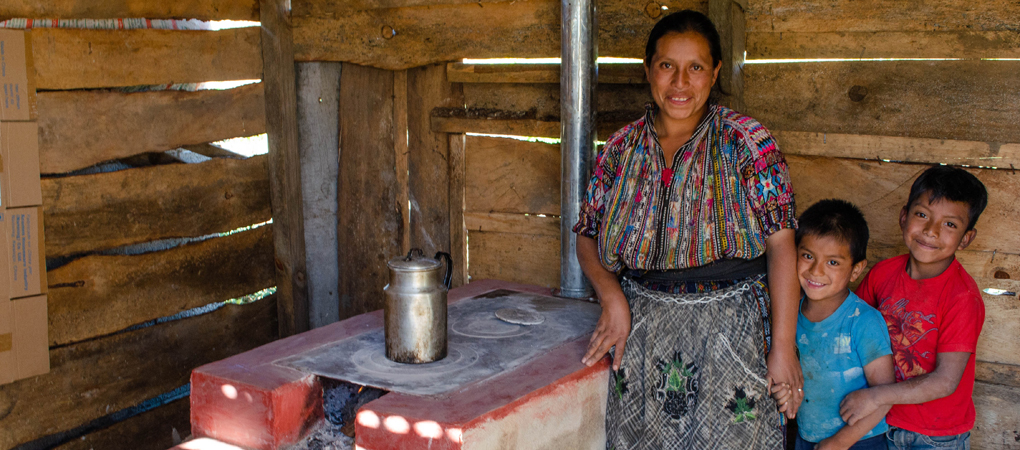
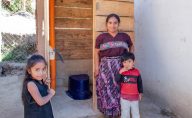
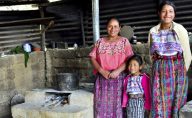
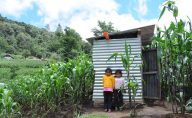
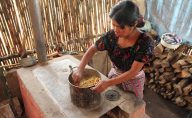
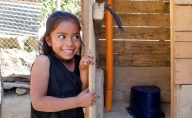
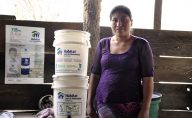
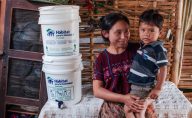
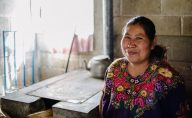
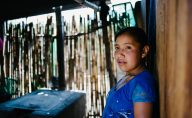
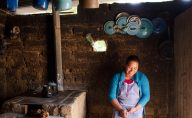
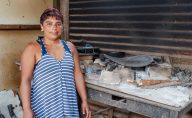
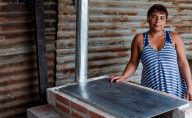
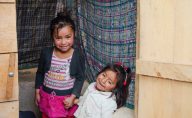
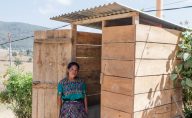
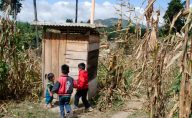
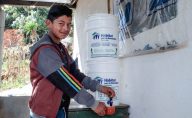
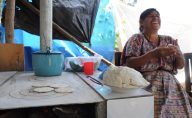
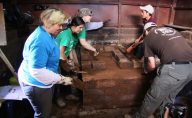
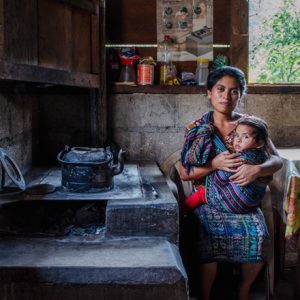 Alian Sicay is a 27 year-old mother of two children, Dylan (7) and Kendra (3), spouse to husband Rubenson (27), and cares for her mother Francisca (79). Alian identifies as an indigenous Kaqchikel Maya.
Alian Sicay is a 27 year-old mother of two children, Dylan (7) and Kendra (3), spouse to husband Rubenson (27), and cares for her mother Francisca (79). Alian identifies as an indigenous Kaqchikel Maya. 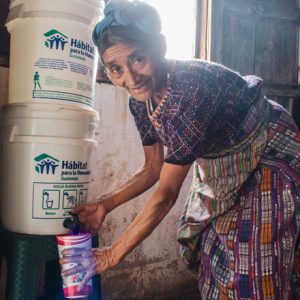 Filomena Cuj is a 64 year-old mother of two children, William (22) and Nixon (18), and spouse to husband and farmer Nicolas (63). Filomena identifies as an indigenous Kaqchikel Maya.
Filomena Cuj is a 64 year-old mother of two children, William (22) and Nixon (18), and spouse to husband and farmer Nicolas (63). Filomena identifies as an indigenous Kaqchikel Maya. 